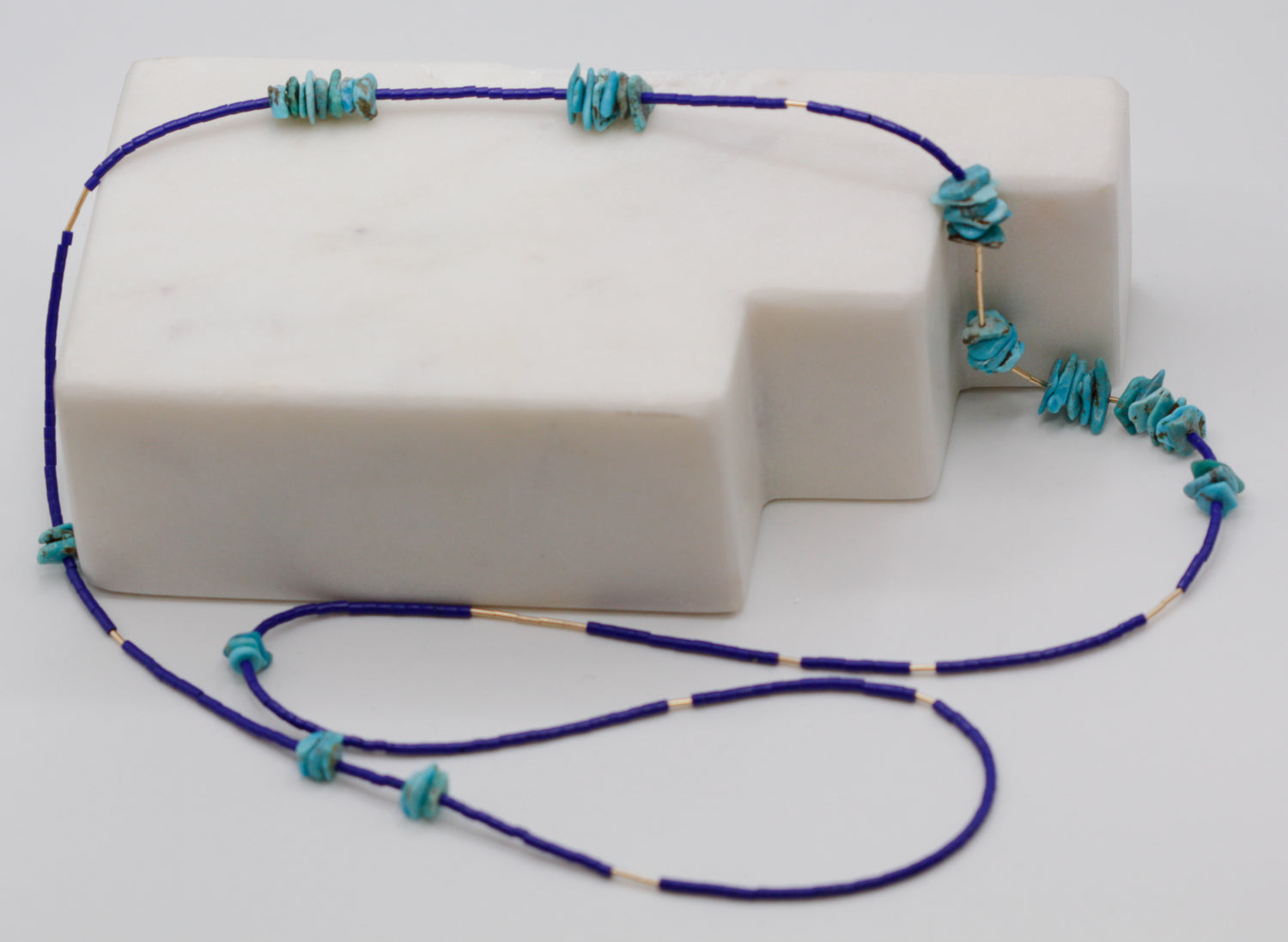How to Gauge your Gauge
Understanding the Size of Your Holes
GAUGE SIZE
The term, gauge, refers to the thickness of the earring post that goes through your ear. The higher the number the smaller the size.
Although we vary in ear size and shape, here are some commonly used standards for piercing to help you gauge your gauge.
| GAUGE | COMMON PIERCINGS |
|---|---|
| 20G (0.81mm) | Most earlobe piercings are made with a 20G needle, as are some nose piercings. See our Push Pin Style flat back earring posts. |
| 18G (1.0mm) | Can be used for earlobe piercings, nose piercings, as well as some cartilage piercings (e.g. forward helix). 18G earrings are great for many healed cartilage piercings. |
| 16G (1.2mm) | A 16G needle is used for most cartilage piercings, including the tragus, helix, rook, conch and daith. Shop threaded cartilage piercing and bendable hoops. |
POST LENGTH / RING DIAMETER
The length of your piercing refers to the wearable length of the earring post that goes through your piercing. For push pin flat back posts, it’s the length of the post. For hoops, this refers to the interior diameter of the ring.
Some standard sizes for various piercings:
| PIERCING TYPE | STANDARD GAUGE SIZE | STANDARD LENGTH |
|---|---|---|
| Tragus Piercing | 16G, 18G | 6mm, 8mm |
| Helix Piercing | 16G, 18G | 6mm, 8mm |
| Rook Piercing | 16G, 18G | 8mm, 10mm |
| Conch Piercing | 16G, 18G | 6mm, 8mm, 10mm |
| Daith Piercing | 16G, 18G | 6mm, 8mm |
| Nose/Nostril Piercing | 20G, 18G | 6mm, 8mm |
| Earlobe Piercing | 20G, 18G | 6mm, 8mm |
Still Unsure Of What Size Earring You Need?
Your piercer will be able to tell you what size needle you were pierced with, along with the appropriate length/diameter you need. Our recommendation is to ask your professional piercer for this information if at all possible.
Gauge Size: Insert a standard earring post through your piercing - this is going to be a 20G size post. If it fits snugly, then your gauge size will be 20G. If you can move it around a little bit, try an 18G size. If you can move it around quite a bit, then you probably want a 16G size.
Length/Diameter: Again try inserting a standard earring post into your piercing. Mark off on the post where you want the piece of jewelry to fit, and then upon removal, measure that length with a ruler. When in doubt, go a little larger in size so that you don't put undue pressure on your piercing. Typically fresher piercing are going to need longer posts to allow for swelling.


